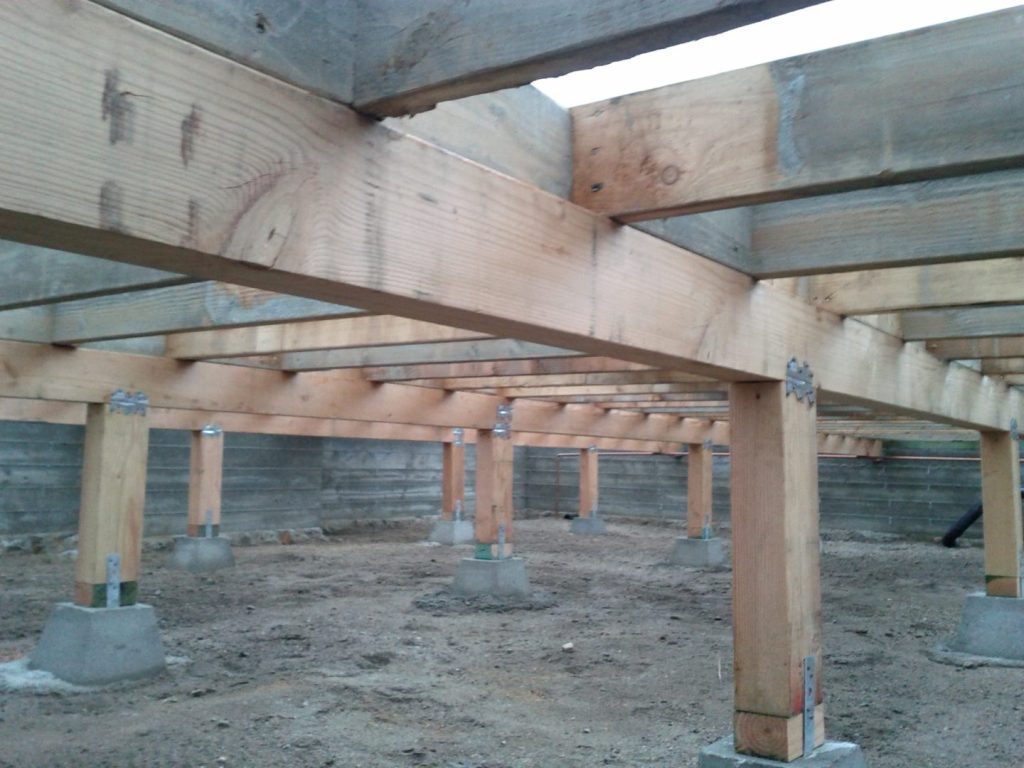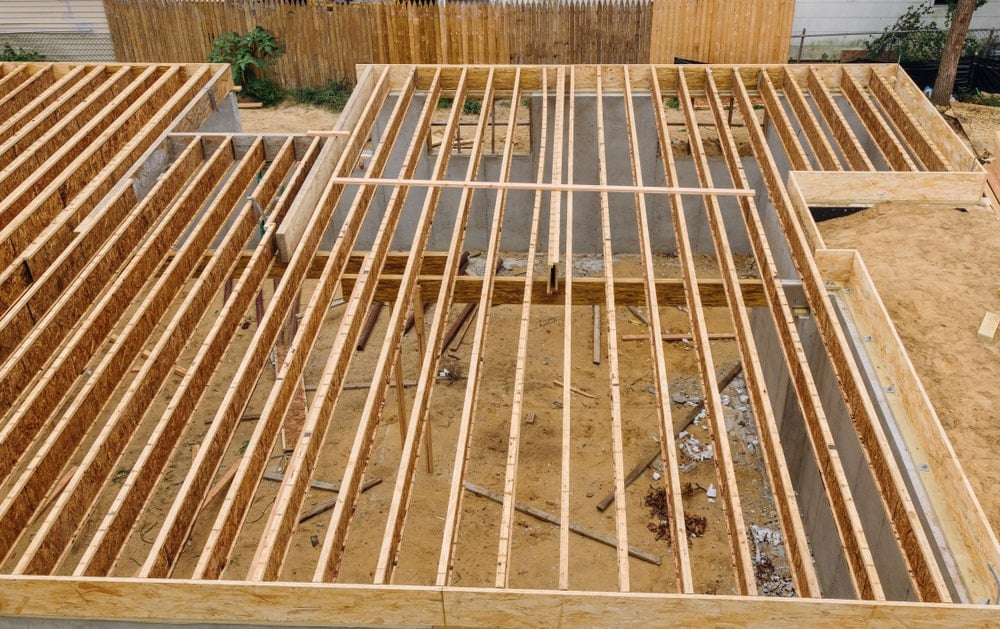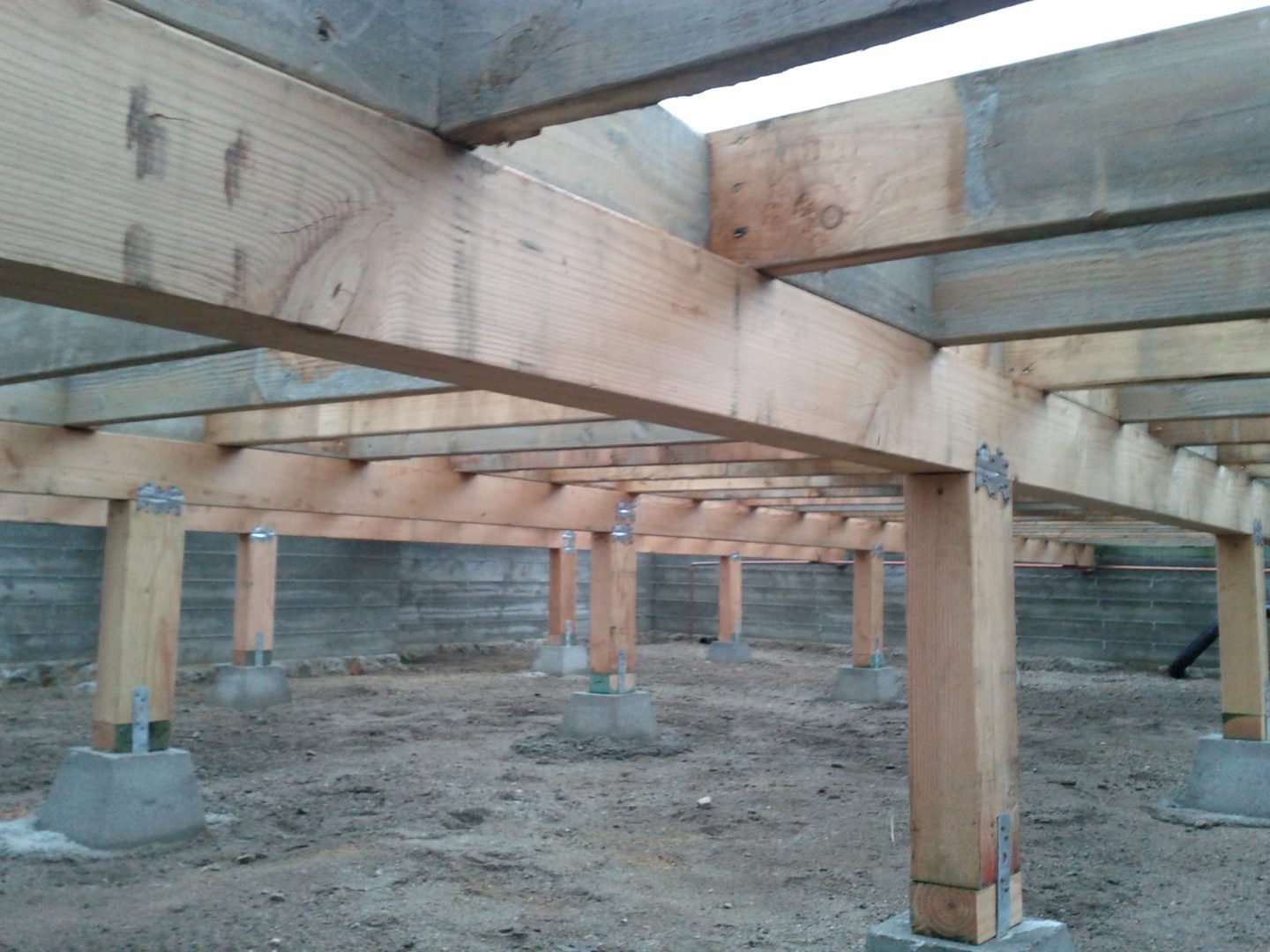
What Are The Important Steps Needed To Build A Perfect Foundation For Your Home?
Building a foundation is one of the most important parts of your home. You need to build it correctly so that it doesn’t shift when you put your house on it, or crack and leak. It needs to be built properly to hold up against the ground movement caused by weather changes. If you want your house to last long enough for you and your family to live in it, then making sure your foundation work is done right is vital.
Before you start building your house, you will have to get the foundations right. This isn’t just about creating the proper space for your house; this is also about ensuring your foundation is safe from any potential damage. Building a stable foundation is essential if you are planning to keep your home for many years to come. If you don’t do this part well, then you could potentially end up with some serious issues, like leaking water into your basement, or worse, causing the whole house to collapse down.
If you are planning to build your own house, or even renovate an existing one, these problems can be avoided by getting the foundations right. But how exactly do you go about doing this?
Building up a foundation is known as one of the most important part of your maja vundamendi ehitus and most of the people don’t want any type of significant mistake in it. So for that people are searching a lot for it and that will help them a lot in the coming future. So understand it and then take decision.
Step 1 – Planning & Designing
When you decide to build a new home, you need to make sure you have all the necessary information before you start construction. You need to know where you are going to build your house, as well as what kind of foundation you will need in order to support the structure.
It makes sense to get this information before you start building anything. The first step is to find out if you need a concrete slab foundation or not. If you don’t know which type you should consider, you might want to speak to a professional who has experience in this field. Ask them which type they would recommend for your particular situation.
Once you have decided that you want to use a certain type, you need to look at what sort of soil you have. The best thing to do here is to get a soil test done, as this will tell you precisely how much sand, clay, and other minerals there are in your land. You will probably need to add fill material to bring back the level up to a good standard.
This means you need to make sure that you have the correct amount of fill material available in order to complete your project successfully. A lot of people make the mistake of using too little filler, but this causes all sorts of problems in the long run. You will need to make sure that you have access to the right amount, and that you have a proper plan for transporting it to your site.
Step 2 – Excavation and Dewatering
After you have dug out the area where you will be placing your house, you need to dewater it. Water is a huge problem when it comes to foundations, because it can cause all kinds of structural and safety issues. When you dig out the ground and remove the dirt, you need to ensure that you take care of the drainage. There are various ways to approach this; you can either choose to let the water drain naturally through the cracks in the ground, or you can dig a trench and create a drainage system to direct the excess water away from your property.
You need to dewater the hole completely, otherwise it will leave behind pockets of water that will eventually seep into your foundation and cause all kinds of problems. After you dewater, you need to compact the ground around the perimeter of the hole to try and prevent moisture from coming back in. If you don’t do this, then you will end up having to pour more concrete down than you originally planned for.
Step 3 – Concrete Foundation
Concrete is the best way to build a foundation. Not only does it provide a solid base for your house, but it also provides a strong structure that won’t break easily. However, there is a limit to how deep you can go with this method, depending on your budget and your local zoning laws. In general, you shouldn’t go deeper than eight feet (two meters), unless you have additional funds to spend on the project.
The next step is to lay the concrete floor. You need to ensure that it is flat and smooth, so that it holds up well against the floor above. Then, you need to place rebar across the top of the concrete, which helps to give it strength and keeps it stable.
Finally, you need to pour the rest of the cement into the hole. This forms the actual foundation, and it is very important that you do this correctly. You don’t want the concrete to settle over time, or you risk having to pour another layer down onto it. The process of pouring the concrete into the hole takes between three and four days, so it is recommended that you hire a contractor to do this job.
Step 4 – Pouring a Wall
At this point, you have completed the foundation. You now need to pour a wall over the top, to help protect the foundation from the outside elements. You can either do this yourself, or you can hire a contractor to do it for you. Either way, it is important that you build a wall that is sturdy enough to withstand everything that is thrown at it.



